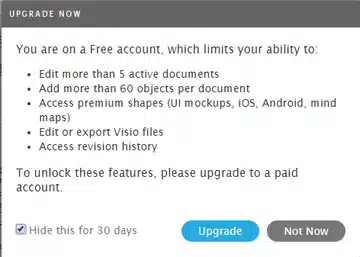



If it was as easy as simply extracting the data from the source and loading it directly into the data warehouse, BI analysts/developers would become redundant. In many cases the incoming data is transformed, which entails extra business rules or logic being applied to obtain a final, correct, expanded data set that makes sense to the business user and offers clear insights.
If a business rule isn’t translated properly into a technical transformation, this early error – which can be a small detail – made between analysis and development will cascade further and can have disastrous results. Defining this translation requires communicating with the people involved at the technical and the business level. This can mean meeting up, calling, or in most cases emailing the relevant people. In my personal experience, I’ve noticed that a visualization of a question/problem tends to give people a better understanding of the issue and involves them more effectively. A diagram is concise, more appealing and less prone to ambiguity, which goes hand in hand with the KISS principle (Keep It Short and Simple). Remember, nobody is waiting for the 100th mail of the day with pages of text.

The user interface is appealing, responsive and intuitive, so you can get started quickly. You can import and export to Visio files and although this isn’t a free feature, it’s nice to know that the tool offers this kind of extensibility.
The main benefits of Lucidchart for me as an individual user:
Next I will explain two personal kinds of visualizations that recur from time to time.
Business user vs the BI developer:

Technical user vs the BI developer:

Occasionally I have been presented with an ERD (Entity Relationship Diagram), which made all the difference. So I have tried to create my own ERDs for source entities/tables, especially for longer assignments. Sometimes it may seem like overkill to make an ERD for 3 entities, but I have learned that with new business requirements new tables will have to be migrated with or without additional transformations. After a year you may end up extracting data from 40 entities and then a good ERD will prove its worth as a blueprint for offering quick insights.
Do we have to visualize everything? Of course not, but when it is the most efficient way to explain complex problems, define business cases, dissect database structures and so on, don’t be afraid to try it.
© 2022 Kohera
Crafted by
© 2022 Kohera
Crafted by